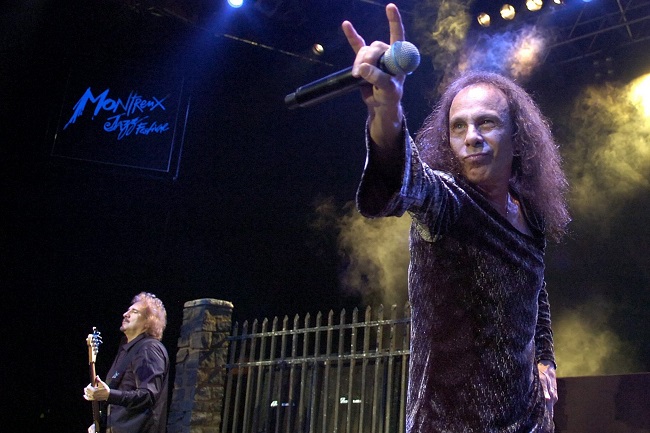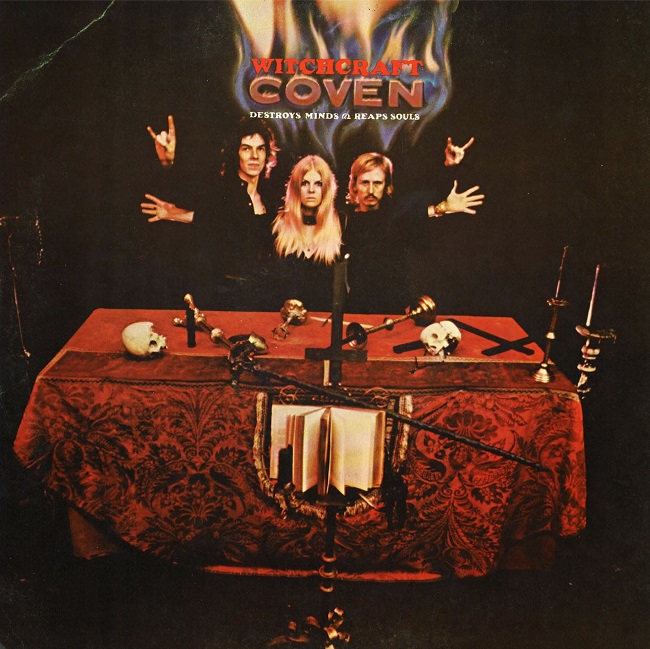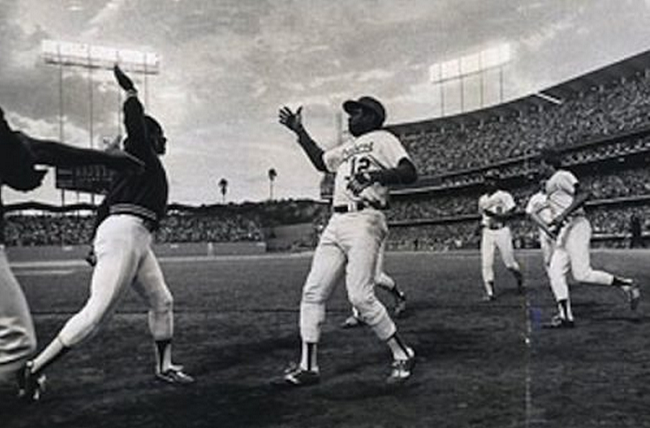5The fist bump
Advertisement
In the 1800, professional boxers started imitating the way they touched gloves as the standard greeting before a boxing match. The bump was evolved from the handshake perhaps because of the restriction of gloves. In cricket too, the bump is used extensively as a gesture of celebration.
Smithsonian scholar LaMont Hamilton believed that the gesture developed during the Vietnam War and was modified from the fist salute used by the Black Panther group for black power. The salute was banned by the armed forces. The first bump in cricket was observed when Australian batsmen Bob Minney and Mick Tyler bumped each other’s fist after the first over during a game played in September 1990.

Image Source: mentalfloss.com
6Horn sign
Advertisement
This was regarded as a superstitious gesture used in rock concerts to ward of the evil eye. Ronnie James Dio lead singer of the Black Sabbath was the man who popularized the symbol in heavy metal music saying he learnt it from his Italian grandmother. At music concerts, you may notice the horn sign being made quite a lot.

Image Source: www.newyorkupstate.com
First used by the Coven in 1969
Ronnie thought the sign would also go well with the bands ideology in comparison to the double peace sign made popular by former lead singer Ozzy Ozbourne. However the first band to make the horn sign was the Coven in 1969 that drew their inspiration from cult figures and Satanists like Anton LaVey who used the sign as a symbol of the Devil.

Image Source: www.youtube.com
7The “high five”
Advertisement
The first high five was observed between teammates Dusty Baker and Glen Burke of the LA Dodger teammates. After his 30th homerun of the season on 2nd October 1977, Baker met Burke with his hand held over his head and that was slapped by Baker. Who said it was the right thing to do.
However there is also an interesting anecdote to the story where Burke came out publicly in 1982 saying he was gay. As a gay activist, he repeatedly used the high five as a symbol for gay pride.

Image Source: www.fastcompany.com